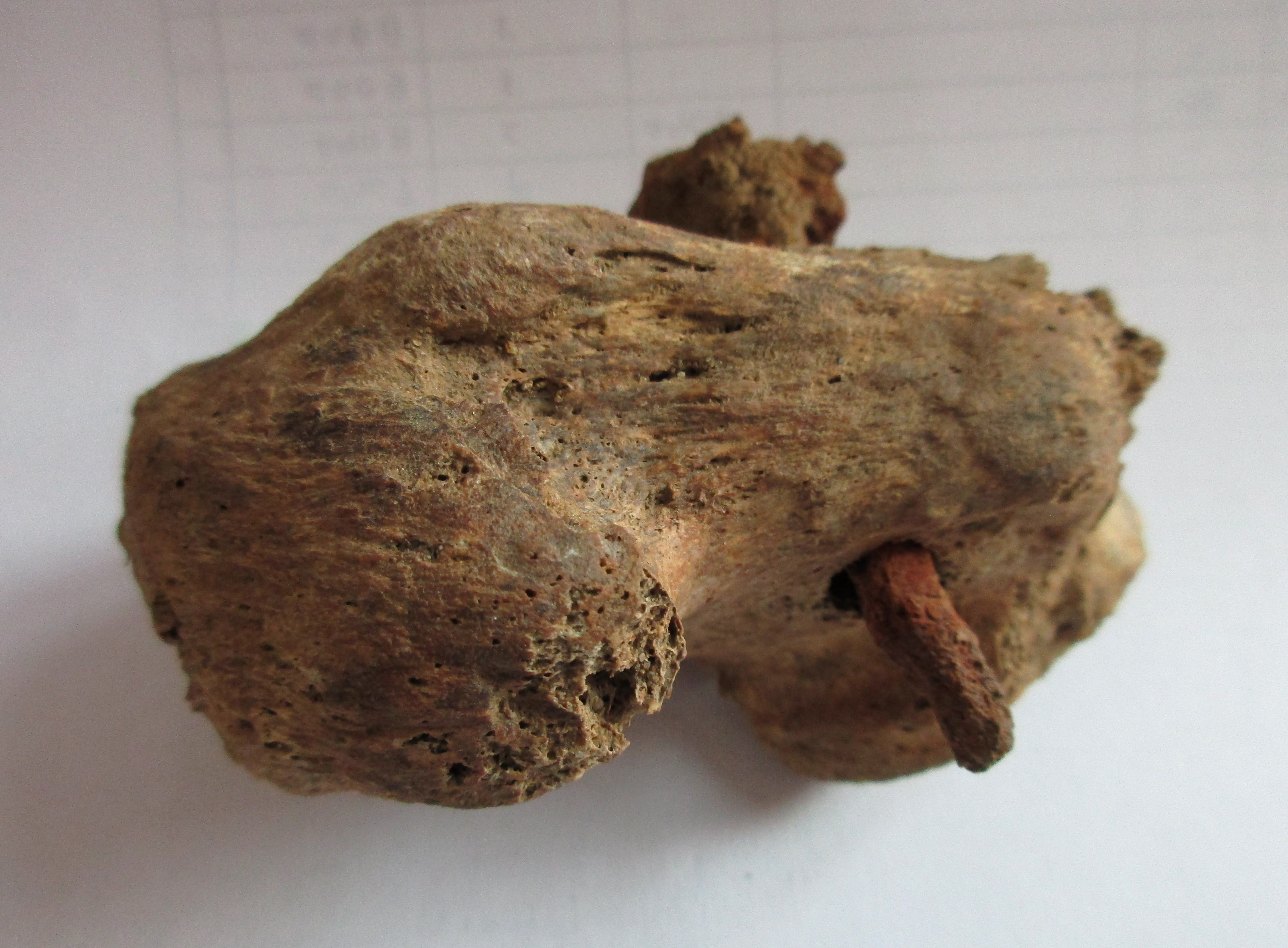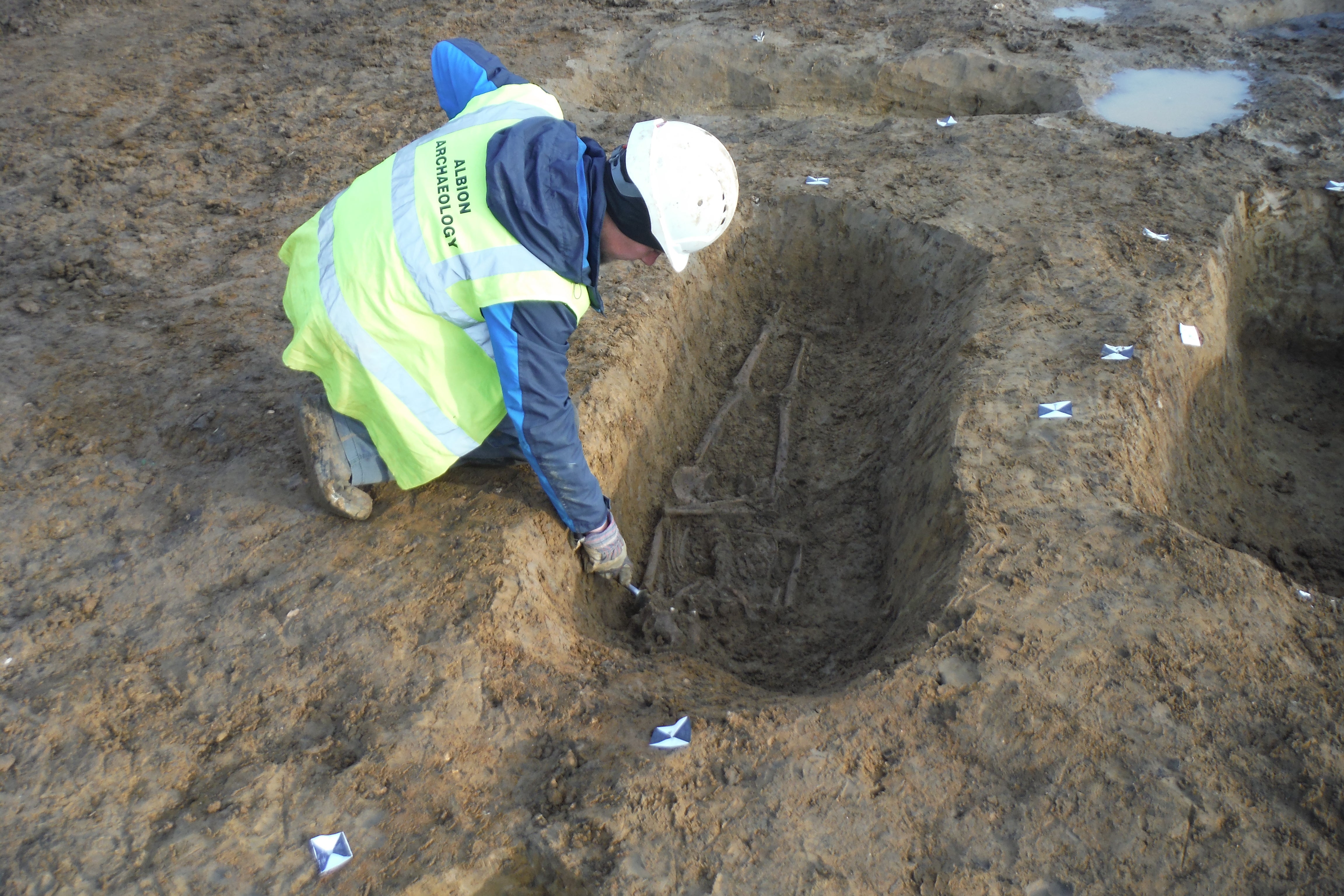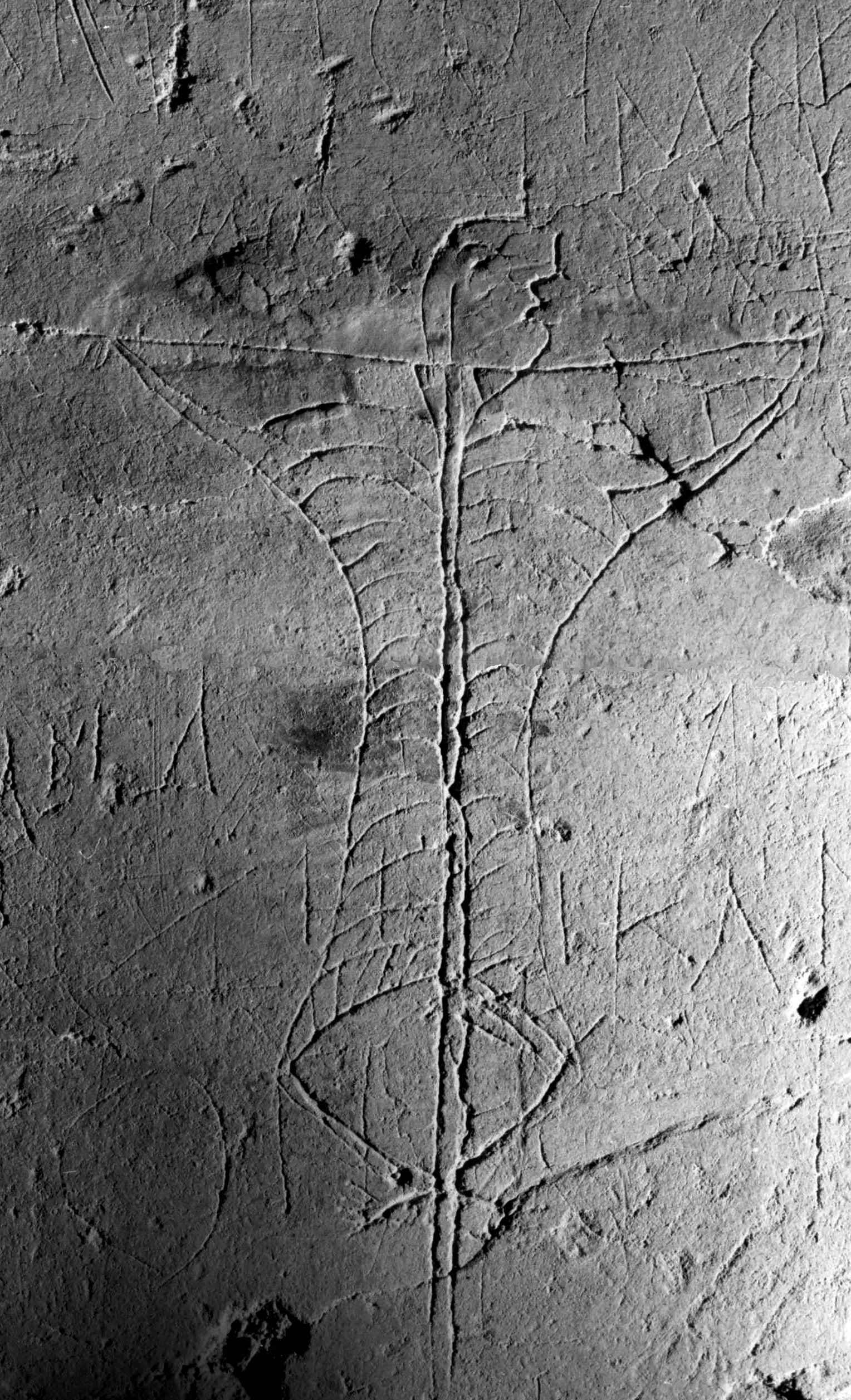Crucifixion was practised in Roman Britain, new evidence reveals
‘Extraordinarily important find’ is only second ever Roman crucifixion victim discovered in the world

Your support helps us to tell the story
From reproductive rights to climate change to Big Tech, The Independent is on the ground when the story is developing. Whether it's investigating the financials of Elon Musk's pro-Trump PAC or producing our latest documentary, 'The A Word', which shines a light on the American women fighting for reproductive rights, we know how important it is to parse out the facts from the messaging.
At such a critical moment in US history, we need reporters on the ground. Your donation allows us to keep sending journalists to speak to both sides of the story.
The Independent is trusted by Americans across the entire political spectrum. And unlike many other quality news outlets, we choose not to lock Americans out of our reporting and analysis with paywalls. We believe quality journalism should be available to everyone, paid for by those who can afford it.
Your support makes all the difference.Crucifixion was practised in Roman Britain, remarkable new archaeological evidence shows.
The only victim of the barbaric execution system found in Europe to date was discovered in a field in Cambridgeshire.
He was almost certainly a Romano-British manual worker or slave who was likely crucified for witchcraft, sedition, serious social defiance or another equally grave offence.
Aged in his late 20s or early 30s, the victim may have been a slave or paid worker in a local industrial complex, probably involved in the manufacture of candles, cosmetics and soap.
Archaeologists discovered his skeleton – complete with a crucifixion nail through the back of his right foot – in a Roman period cemetery in the Cambridgeshire village of Fenstanton.
He is only the second confirmed Roman crucifixion victim discovered in the world. The first was found in Israel in 1968.

Contrary to public perception, crucifixion was relatively rare as a method of execution in Roman times.
One of the world’s leading authorities on the subject, Professor John Granger Cook of LaGrange College, Georgia, US, estimates that between around 200BC and the virtual abolition of crucifixion in AD337, between 100,000 and 150,000 people were crucified in Roman-controlled territories. This means on average fewer than 200 people were crucified per year in territories where the Romans ruled over up to 70 million people.
Most death sentences were carried out in other ways, such as lethal sword blows, decapitation, burning, and throwing people to deadly animals.
Because crucifixion was a relatively rare punishment, used for particularly serious and socially threatening crimes or in times of social insurrection, the study of the Fenstanton victim, his cemetery and its surroundings may shed significant new light on the potential political or social circumstances surrounding his execution.
Certainly the period in which he was executed – the mid-to-late third or very early fourth century – was one of particular social and political chaos in which security levels in Britain were often extremely fragile.
The Fenstanton crucifixion victim’s life and death were particularly hard and tragic. He was born some time in the third century AD – and probably experienced much of the insecurity of parts of that period.
The skeleton was found along with the remains of 43 other individuals buried in five small Roman cemeteries in Fenstanton. In common with many of those, the crucifixion victim had experienced fractures to his bones. Many of the buried individuals had also suffered from probable malaria. The area was marshy and would have been mosquito-ridden.
The crucifixion victim himself had lost 75 per cent of his back teeth during his short life, had two painful tooth abscesses and suffered from degenerative arthritis in his back.

An examination of his bones suggests that he ran into trouble with the Roman authorities some time before his crucifixion.
Evidence from his left ankle and lower leg and in his right shin reveals that he had experienced abnormal bone growth there, probably caused by rope bonds or metal shackles. It’s possible that his legs were perhaps attached to a wall or other structure. It is likely, therefore, that he had been incarcerated for a period.
It is not known for sure where he was crucified, but it was probably relatively nearby.
Evidence from his grave suggests that his corpse may have been left hanging on the cross for some time before he was buried. Very unusually, he seems to have been interred on a makeshift bier, rather than in a coffin or shroud or with nothing at all.
Roman crucifixion victims were routinely left to rot on their crosses – and so a stretcher-like bier would indeed have probably been required to carry his rapidly decomposing corpse from his place of execution to his grave.

Perhaps significantly, the only other individual in the cemetery to have been interred on a bier was the person buried immediately next to him.
It is therefore perhaps conceivable that that second individual – a woman in her late 30s or early 40s – had also been crucified, but that she had been attached to her cross solely with ropes, not nails.
Both methods were used by the Romans. In both procedures, the victim would have died of asphyxiation within a few days (because the downward pressure caused by the person’s body weight, would have made it increasingly difficult to breathe).
The Fenstanton crucified man only had his right foot nailed to the cross. The nail had been hammered in horizontally through the back of his ankle and his heel. Only 1-2cm of the nail would actually have penetrated the timber upright of the cross.
“This is an extraordinarily important find because it is only the second discovery of a crucifixion victim from Roman times,” said Prof Granger Cook.
“The only other Roman era example of a heel bone, with a crucifixion nail through it, is from the skeleton of a first century individual, discovered in Jerusalem some 50 years ago,” he said.
“The new British discovery is likely to shed important new light on the use of crucifixion in the Roman Empire,” said Prof Cook, author of the world’s most detailed study of the practice, Crucifixion in the Mediterranean World.

The detailed examination of the Fenstanton skeletons was carried out by osteoarchaeologist Dr Corinne Duhig of Wolfson College, Cambridge.
The location of the crucifixion victim’s place of execution is likely to be the subject of future research but, perhaps significantly, probably by medieval times, a gallows stood, just a mile from the old Roman cemeteries – on higher ground, which is still called Galley Hill (the word “galley”, in this case, being derived from or related to the word “gallows”).
The Fenstanton Roman cemeteries form part of one of the most fascinating newly discovered archaeological sites in Britain. In Roman times, it was a substantial roadside settlement on an important Roman road (the Via Devana, running from Colchester to Chester) and included an industrial complex, making products from animal fat. Hundreds of split cattle leg bones have been found there by the archaeologists. But there was also a series of structures, including a Roman villa-type building, which featured roof tiles and underfloor heating.
There was also a large 10m x 7m very late Roman or immediately post-Roman timber building, the probable iron key to which has also been found.
Most mysterious of all is evidence of a series of four massive 50cm diameter freestanding timber posts of unknown function.
Only further detailed study of the finds from the complex is likely to shed additional light on the lives and deaths of the men and women in the cemeteries and the precise function of the enigmatic settlement itself.
“There are a lot of unusual aspects to the Fenstanton site and we are determined to solve its remaining mysteries and shed further light on the lives of the buried individuals,” said David Ingham. of Bedford-based Albion Archaeology, who is directing the investigation.
Join our commenting forum
Join thought-provoking conversations, follow other Independent readers and see their replies
Comments